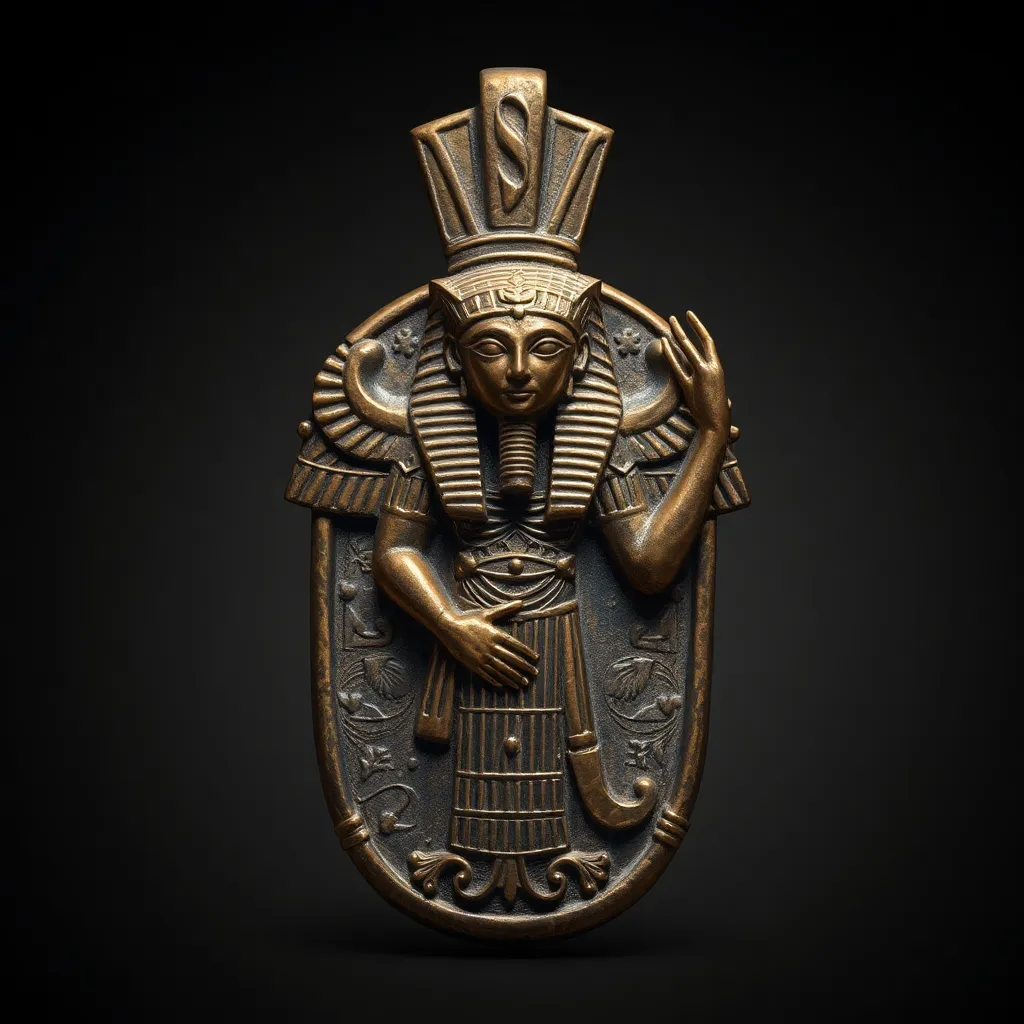The Amulet of Taweret: Protector of Women in Childbirth
I. Introduction
Taweret, the ancient Egyptian goddess, is renowned for her role as a protector of women during childbirth. As a fierce and nurturing deity, she embodies the complexities of motherhood and the trials of labor. The significance of childbirth in ancient Egyptian culture cannot be overstated; it was regarded as a vital aspect of society, ensuring the continuity of family lineage and the community as a whole. This article aims to explore the historical and cultural significance of Taweret, focusing on her protective amulet and its enduring legacy in both ancient and modern contexts.
II. Historical Background of Taweret
The origins of Taweret can be traced back to the early Egyptian dynasties, where she was worshipped as a protective figure. Her name translates to “the great one,” and she is often depicted as a composite creature, combining features of a hippopotamus, lioness, and human. This unique representation emphasizes her dual nature as both nurturing and fierce.
Taweret’s presence in ancient Egyptian mythology is significant, as she is associated with fertility, childbirth, and motherhood. She occupies a unique place in the pantheon of Egyptian gods, often standing alongside other deities such as Isis and Hathor, who also embody aspects of femininity and protection.
III. Symbolism of the Amulet of Taweret
The amulet of Taweret is characterized by its distinctive design and materials. Typically crafted from materials such as faience, stone, or metal, the amulet often features her recognizable shape, including her large hips and heavy breasts, symbolizing fertility and abundance.
Symbolic meanings associated with Taweret and her imagery are rich and varied:
- Fertility: The amulet was believed to enhance fertility and ensure safe childbirth.
- Protection: Taweret’s fierce appearance served as a guard against malevolent forces during labor.
- Motherhood: Her nurturing aspect resonated with mothers, providing comfort and support during childbirth.
The amulet’s connection to fertility and protection made it a cherished item among expectant mothers in ancient Egypt.
IV. The Role of Taweret in Childbirth
In ancient Egyptian belief, Taweret was regarded as a vital protector during labor. Women would invoke her name and image, seeking her favor for a safe delivery. Rituals and practices involving Taweret were commonplace, including the placing of her amulet under the birthing bed or wearing it as jewelry during pregnancy.
The importance of invoking Taweret for expectant mothers cannot be understated. Many women would recite prayers or spells dedicated to her, believing that doing so would ensure the well-being of both mother and child during the birthing process.
V. Archaeological Evidence of Taweret Amulets
Archaeological discoveries have unearthed numerous Taweret amulets at ancient Egyptian sites, providing valuable insights into their cultural significance. These amulets often feature inscriptions that invoke Taweret’s protective powers, as well as intricate iconography depicting her unique form.
Analysis of the inscriptions and iconography on the amulets reveals:
- The widespread use of Taweret amulets in burial practices, signifying their importance in the afterlife.
- Variations in design that reflect regional beliefs and practices surrounding childbirth.
- Insights into the social status of women who possessed these amulets, as they were often made from expensive materials.
VI. The Amulet in Modern Context
In contemporary society, there has been a revival of interest in Taweret and her amulet. Many expectant mothers and holistic practitioners draw inspiration from ancient beliefs, utilizing Taweret’s imagery in modern childbirth practices. The amulet has found its place in various spiritual and holistic contexts, often symbolizing protection and empowerment for women.
Usage of Taweret’s imagery includes:
- Incorporating her symbols into prenatal yoga and meditation practices.
- Creating modern jewelry that features Taweret’s likeness for expectant mothers.
- Using her image in art and home decor to invoke a sense of safety and nurturing.
VII. Comparative Analysis with Other Protective Deities
Across various cultures, there exists a pantheon of deities that serve as protectors of childbirth. For instance, in Greek mythology, Eileithyia is invoked during labor, while in Hinduism, the goddess Durga is celebrated for her protective qualities. Comparing Taweret with these counterparts reveals both similarities and differences:
Similarities
- All these deities embody feminine strength and nurturing qualities.
- They are invoked during childbirth to ensure safety and protection.
Differences
- Taweret’s unique animalistic features set her apart from more human-like representations in other cultures.
- The specific rituals and practices associated with Taweret are distinct to ancient Egyptian culture.
The universal theme of female protection in childbirth transcends cultures and highlights the shared human experience of motherhood.
VIII. Conclusion
Taweret’s significance as a protector during childbirth is firmly established in ancient Egyptian mythology and culture. The amulet of Taweret not only served as a symbol of fertility and protection but also reflects the broader beliefs surrounding motherhood in ancient times.
The enduring legacy of the amulet of Taweret continues to resonate in modern society, where her image is embraced for its empowering qualities. Understanding these ancient beliefs enriches our appreciation for the roles of femininity, protection, and motherhood that persist in contemporary practices.
In conclusion, the reverence for Taweret and her amulet serves as a reminder of the timeless and universal nature of motherhood, illustrating the importance of protecting and honoring women during one of life’s most profound experiences.




